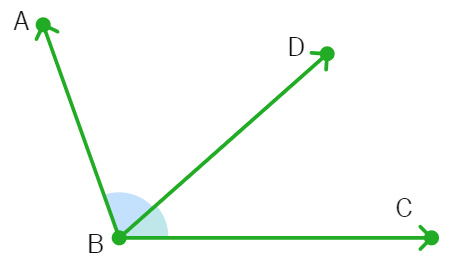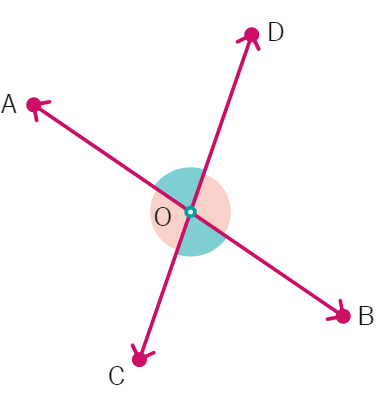Basic Terms and Definitions
We know that a part (or portion) of a line with two end points is called a line-segment while and a part of a line with one end point is called a
We are also aware that the symbols used for denoted them are:
| Element | Symbol |
|---|---|
| Line AB |  |
| Line Segment PQ | PQ |
| Ray XY |
Note: To make things simpler, from here on, we will be denoting the line segment AB, ray AB, length AB and line AB by the same symbol of AB. Moving on to recall some basics.
If three or more points lie on the same line, they are called
Otherwise they are known as non-collinear points.
We know that when an angle is formed two
The rays making an angle are called the
An
An angle greater than 90° but less than 180° is called an
A straight angle is equal to
Further, when two angles measures have a sum equal to 90°, they are known as
Two angles are

When two angles are adjacent: their sum is always equal to the angle formed by the two non-common arms.
If the non-common arms form a straight line then the angles are called

When two lines, intersect each other at a point, two vertically opposite angles are formed, which are always

